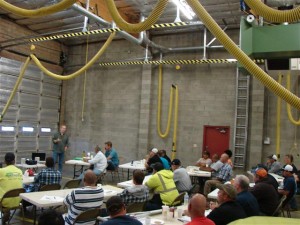California Environmental Quality Act (CEQA)
Laws to protect California’s environment have existed for more than 60 years. In 1947, after a series of smog attacks in Los Angeles, then Governor Earl Warren signed America’s first air-protection statutes into law. In 1970 Governor Ronald Reagan signed into law California Environmental Quality Act (CEQA), which remains in force today in updated form. Its focus is conservation; designed to protect sensitive habitats from human incursion related to modern, industrialized activity.

An unintended consequence of CEQA and AB32 is that some“green” projects encouraged by passage of AB32 have been halted by lawsuits based upon the provisions of CEQA. Legislators are attempting to iron out these inconsistencies.
Of specific interest to those who initiate projects, Sacramento is making some efforts to streamline the processes related to complying with CEQA requirements. This would be welcome because it has the potential of smoothing out the permit application and approval process, which may ultimately make the procedure more predictable, shorten project timelines and reduce costs.
Unfortunately, the aspirational goals of CEQA have been obscured by various parties employing CEQA provisions to obtain short term leverage by filing very tenuous lawsuits. Hospital, school, infrastructure and affordable housing projects have all been delayed or halted by these suits.
There are voices in the legislature pressing for litigation reform and hopefully that will happen.
Proposals to modify and update the California Environmental Quality Act are introduced in every legislative session and we keep a close eye on these developments.
Give us a call and we can discuss the current provisions of the Act and how they apply to your project.

